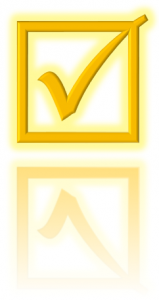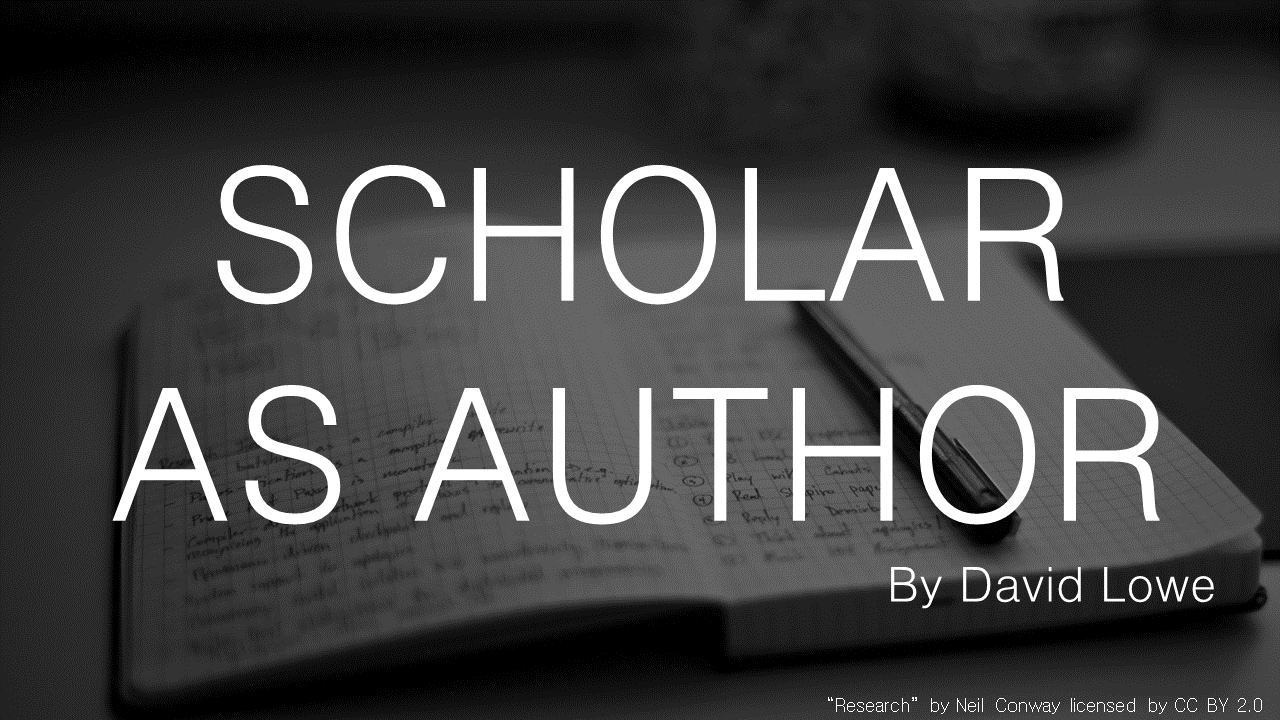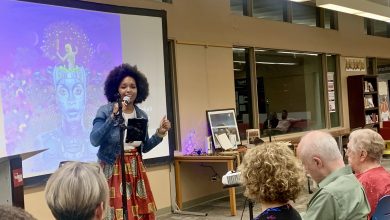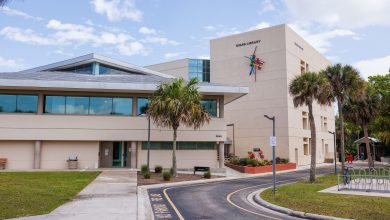FAQ #3: Can I budget Open Access fees in a grant?
 In a word, YES! In the spirit of the Whitehouse’s 2013 OSTP memorandum on Open Access (OA) you can expect U.S. federal grant funders to allow including a line in your direct costs for fees associated with publishing your project write-ups and associated data. The precedents extend from OMB A-21, the foundational budgetary document for federal research grants to higher educational institutions, which allows for “publishing and printing costs” including distribution, handling, and page charges, provided that they are levied “impartially on all research papers published by the journal, whether or not by federally sponsored authors.”
In a word, YES! In the spirit of the Whitehouse’s 2013 OSTP memorandum on Open Access (OA) you can expect U.S. federal grant funders to allow including a line in your direct costs for fees associated with publishing your project write-ups and associated data. The precedents extend from OMB A-21, the foundational budgetary document for federal research grants to higher educational institutions, which allows for “publishing and printing costs” including distribution, handling, and page charges, provided that they are levied “impartially on all research papers published by the journal, whether or not by federally sponsored authors.”
Here are some quotes from the publication cost budgeting advice from a couple of our top federal funders for Florida Tech grant projects:
- NSF: “You may request funds to cover costs of publication, page charges, or preparation of data as a direct cost in your budget proposal, which is evaluated as part of the merit review process.”
Further referencing to more details sheds even more light: “The proposal budget may request funds for the costs of documenting, preparing, publishing or otherwise making available to others the findings and products of the work conducted under the grant. This generally includes the following types of activities: reports, reprints, page charges or other journal costs (except costs for prior or early publication); necessary illustrations; cleanup, documentation, storage and indexing of data and databases; development, documentation and debugging of software; and storage, preservation, documentation, indexing, etc., of physical specimens, collections or fabricated items.”
- NIH: “Publication costs, including author fees, may be charged to NIH grants and contracts on three conditions: (1) such costs incurred are actual, allowable, and reasonable to advance the objectives of the award; (2) costs are charged consistently regardless of the source of support; (3) all other applicable rules on allowability of costs are met.”
First, determine how many articles you expect to write to adequately report the results of your grant-funded project. Next, if you have a good sense of your intended publisher, you should refer to their cost structure information for the charge per article. (As mentioned in last week’s post, you should never consider publishing in any Open Access journals that do not reveal their fees up front.) If you do not have a sense of your intended publisher, a reasonable figure would be somewhere in the range of $2000 to $3000. (A relevant NASA FAQ uses one example at $2250.) Again, though, it would be best to use citable figures from your intended publisher.
One final note or two: Some publishers have introduced institutional discount package arrangements for OA authors that the library could help coordinate, given a sufficient critical mass of interest on campus. In order to gauge that cost effectiveness, though, we would need to first be aware of your interest, so let your library liaisons know if you find a particular opportunity that you think would work well for you and your Florida Tech colleagues. Hindawi, Springer, and Wiley are just a few examples of this sort of opportunity. Taken to an extreme, such coordination can result in a powerful multi-institutional collaboration like SCOAP3, in which over 3,000 libraries, funders and research centers have arrangements with several publishers to publish their high-energy physics papers at no cost to the authors. (Florida Tech’s current most productive publishing authors benefit directly from SCOAP3.) Essentially, money that had gone to subscriptions now is routed into a fund that supports their publicly accessible journals. Maybe you have some ideas here? Let us know!
Image credits:
- Checked Box by David B. Lowe ©2016 CC-BY
- Steps by Tezarah Wilkins CC-ND https://www.flickr.com/photos/tezarah/6214258281/
- Package! by Beck Gusler CC-SA https://www.flickr.com/photos/halfbisqued/2353845688/







